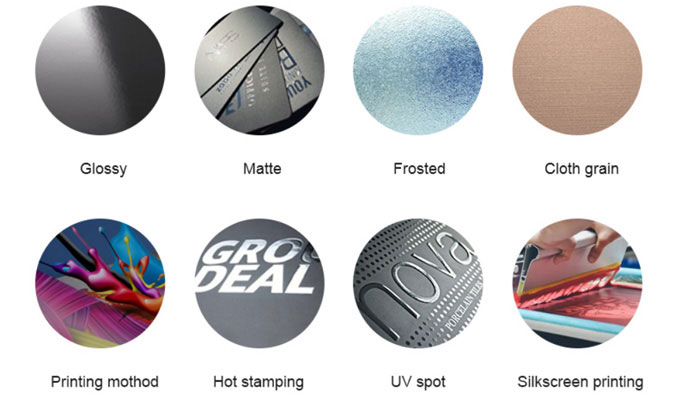

PLA RFID Cards represent a revolutionary step forward in sustainable technology. Made from Polylactic Acid (PLA)—a bioplastic derived from renewable resources like corn starch or sugarcane—these cards offer a powerful alternative to traditional petroleum-based PVC cards.
SGS certificate

Biobased & Renewable: Sourced from annually renewable plants, reducing dependence on fossil fuels.
Reduced Carbon Footprint: The manufacturing process of PLA generates significantly fewer greenhouse gases compared to PVC.
Industrial Compostable: Under the right conditions (high temperature and humidity in a commercial facility), the card body can break down into compost.
Full RFID Functionality: Compatible with LF (125kHz) and HF (13.56MHz) RFID inlays, offering the same performance as conventional cards.
Smooth Printing Surface: Excellent for high-quality printing with eco-friendly inks, perfect for branding your sustainable initiative.
OEM/ODM Services: Customized designs, sizes, thicknesses
Personalized Customization: UV printing, embossing, magnetic stripes, RFID embedding, barcodes, QR codes, etc.



Key Features
Made from Polylactic Acid (PLA), a biodegradable and compostable bioplastic derived from renewable resources (e.g., corn starch, sugarcane, or cassava). Significantly reduces reliance on petroleum-based plastics (like PVC) and lowers carbon footprint.
Advantages
Eco-Friendly Material
Biodegradability & Sustainability
Safety & Non-Toxicity
Versatile Applications - Single-Use or Reusable



| Dimensions | 85.5*54mm (customizable size and shape |
| Protocol | ISO14443A、ISO15693、ISO18000 |
Chips | NXP series: NTAG, Mifare, Mifare(Duox), Desfire, Ultralight, UCODE, ICODE |
| Card Surface | Glossy, matte, frosted, epoxy (single or double sided), brushed (single or double sided) |
| Materials | PVC, PLA, PETG, PET, TESLIN, wood, bamboo, RPVC, paper, etc |
Operating frequency | 13.56MHZ |
Read/write distance | 2.5-8cm |
Data retention | 10 years |
Erase/write times | 100,000 times |
| Printing | Silk screen printing, offset printing, digital printing, anti-counterfeiting printing, UV printing |
Coding process | Inkjet code, laser code, flat code, embossed code, bar code, QR code |

















